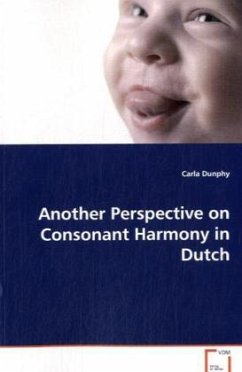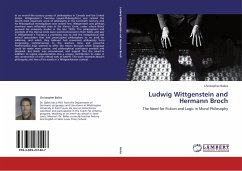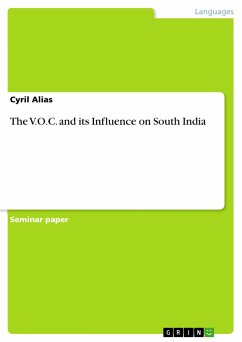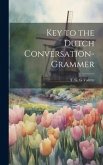In this study I investigate patterns of consonant harmony in Dutch, which appear to be at odds with consonant harmony data from other languages such as English and French. In order to achieve this, I undertake a recompilation of the original Dutch data. I examine two individual case studies involving children from a corpus documenting phonological development in Dutch. I describe these case studies from both qualitative and quantitative perspectives in order to provide a representative account of the factors driving harmony. This study reveals that a series of production strategies exist (mainly segmental substitutions) that are independent from harmony itself, but that result in harmonized forms. I demonstrate that the tendencies observed in the data are largely predictable from the general phonotactics of the language which appear to affect the analysis children make of their language and, as such, yield the production strategies observed in the data.






![Dutch Self-taught With Phonetic Pronunciation: Containing Vocabularies, Elementary Grammar, Idiomatic Phrases And Dialogues [etc.] Dutch Self-taught With Phonetic Pronunciation: Containing Vocabularies, Elementary Grammar, Idiomatic Phrases And Dialogues [etc.]](https://bilder.buecher.de/produkte/68/68748/68748133m.jpg)

